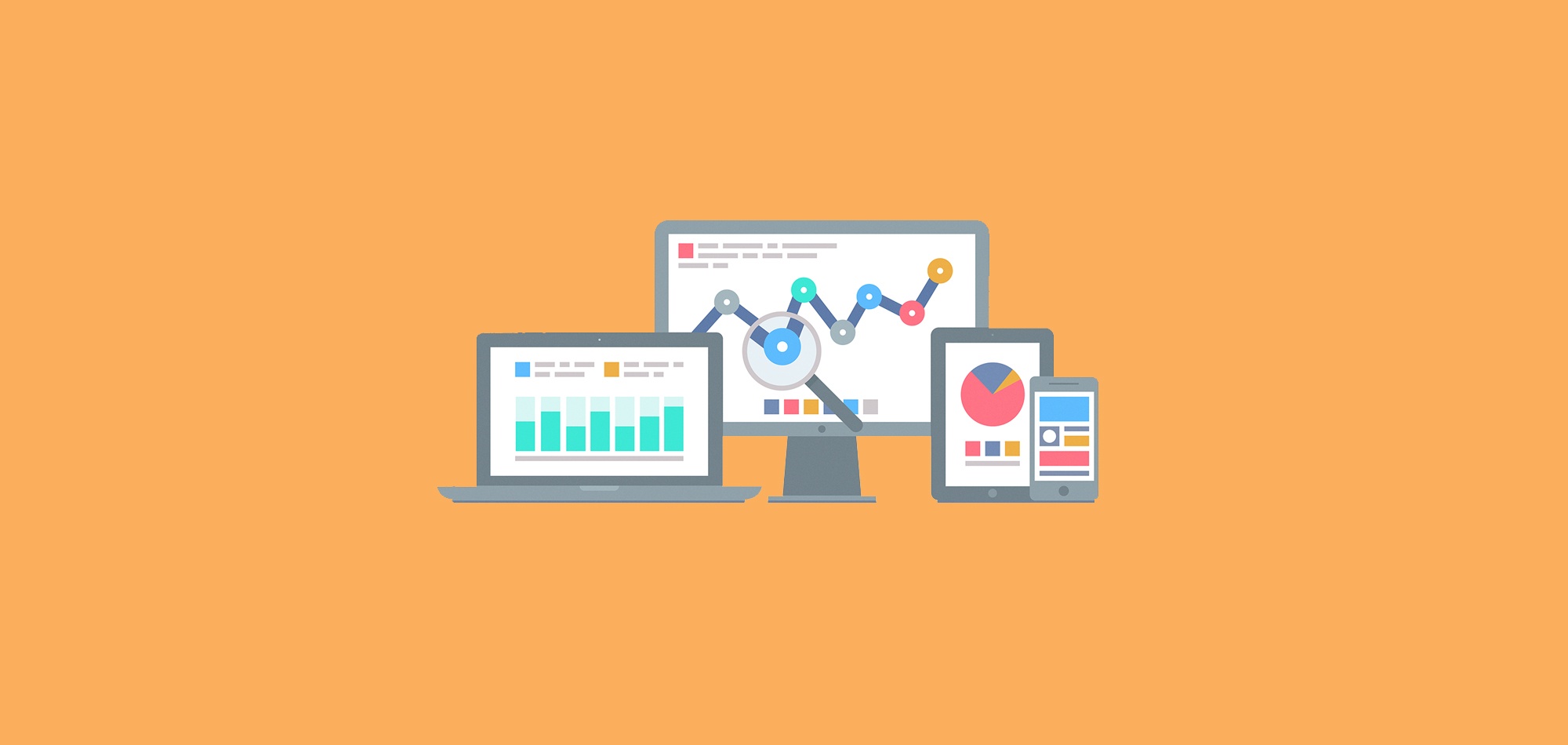Wi-Fi networks are alive. They're impacted by the physical world around them, the devices and applications that are run on them, they end-users that access them and they are susceptible to the security threats trying to breach them.
Your wireless network is not a set it and forget it platform (like that rotisserie cooker infomercial).
This is why it's become increasingly important to implement a network management system (NMS) or Wi-Fi management solution.
Large-scale wireless networks must be proactively monitored at all times, using real-time visibility and usage analytics to ensure your business or organization always has reliable wifi performance and an up-to-date network security posture.
To help you understand why it's important and what components and features you'll need, here are 7 reasons why your network needs a Wi-Fi management solution.
1 What does it mean to have real-time visibility? Visibility of what?
Real time visibility when relating to WLAN network management can refer to a couple of different components:
- Visibility of device connections – This component refers to the data that is provided by a management system to give you current info on client device connections. The real time visibility would provide the client device's IP, MAC address, current signal level (RSSI), overall health of the connection, the access point (AP) that the client is connected to, the channel they are connected on, the data rate (speed) of the connection as well as a host of other information that can be helpful in assessing performance or in the process of troubleshooting a client issue.
- Visibility of signal coverage – This component refers to the feature of a management system to "visualize" the RF in a graphical representation. Since RF is invisible to the eye the system provides a layout of a facility and overlays a graphical image of the RF signal provided by the APs. The graphic is updated continuously as the RF signal dynamically changes and provides a "heatmap" of what the APs are covering.
- Visibility of device locations – This feature utilizes the access points to triangulate the location of client devices within a facility, building or campus. To be accurate the client device must be within "hearing" distance of at least three access points so that triangulation can occur. Depending on the density of APs in the environment and how they are laid out the accuracy can vary from 6 to 12 meters or more.
2 What components do you need to have this ability?
In order to provide real time visibility a WLAN platform must have the following components:
- NMS (Network Management System) - The NMS will include several features that facilitate having real time visibility into the WLAN.
- RF Visualization – This is a component of the NMS that displays an imported floor plan or campus map with the "heat map" of the RF signal overlaid onto it. This feature provides a means to understand how the signal propagates in the environment and can reveal areas that are weak or overly strong.
- Client Status – This component provides the real time status of all the connected clients on the WLAN. It includes a plethora of information about the client from its location, to the AP its connected to, as well as all the pertinent RF health information that engineers and technicians need to diagnose and resolve issues.
- System status – This component reveals how the system is performing in the environment and will give insight into up time, number of connections, consumed bandwidth, etc.
3 Why is real-time visibility important?
Without real time visibility there is no way to know how the system and the clients it supports are actually performing.
It also makes troubleshooting difficult if not unachievable in a lot of cases. It is important to also understand that most systems will show current status to a degree but are limited in how much historical information they can provide due to limits in memory and storage.
While real time visibility is crucial in all cases, historical can be just as or even more important in others.
4 What are usage analytics? What types of data are we talking about?
Usage analytics generally refers to consumption of bandwidth or behavior on the WLAN.
Usage analytics can range from how much bandwidth a client consumed on the WLAN to what APs they have roamed across to, or where in a facility or campus they were connected at a given time and how many times they have come and gone in that facility or campus.
5 Why are usage analytics important?
The importance of usage analytics come from how they are used. There are many examples but let me list just a couple for illustration:
- If usage analytics show that a specific client continually consumes a large amount of bandwidth each day, and that client is complaining of poor wifi performance on the WLAN, it can shed some light on what might be at fault. After further examination it is learned that the user logs into a roaming profile on a Windows machine which has a 10Gb iTunes library which syncs every time the user logs in. This would slow the machine performance to a crawl and make it appear to the user that wireless is at fault.
- Another example of the importance of usage analytics would be a series of help desk tickets from a location in a facility. After further investigation, the usage analytics for that area continually shows high levels of users (100+) on a single AP. Upon review it is learned that meetings have started to take place in this area and the user population increases during these meetings. This indicates that another AP needs to be installed to help balance the load during these peak use times.
- Usage analytics can reveal bottle necks in a network. If the NMS shows bandwidth peaking on the WLAN at 500Mbps but the campus only has a 250Mbps Internet service, its probably a safe bet that wifi performance is going to be slow.
6 What components are needed to capture and utilize usage analytics?
The capture and utilization of usage analytics will require these components in a WLAN:
- APs (Access Points) – The access points will relay metrics about usage and location to the WLAN system and the NMS if it is involved.
- WLAN Controller – This can be an appliance or a virtual manifestation of the appliance. The controller will correlate all the data from the APs and present status. The controller will also relay this information and more to the NMS which has enhanced facilities to provide deeper insight as well as aggregate the information over time for historical analysis.
- NMS – The network management system is the data collector and storage facility for all WLAN data. The NMS will have features or modules that can present the data in various forms such as RF heat maps, client locations, movement tracking, detailed reports, etc.
7 At a bare minimum what types of data should you be tracking? From 1 –10 what are the most important analytics to track?
The importance of the data is going to differ depending on the relevance to the application and they aren't going to be the same for all applications. Let me give some examples and their relevance:
- If I am a WLAN systems admin for a hotel or convention center then client capacity data is most relevant to my needs. I need to know how to plan for accommodating large groups of users and the data they are going to consume. My WLAN and NMS should be feeding me this data in reports and allowing me to trend historical usage so I can plan appropriately.
- If I am a WLAN systems admin for a hospital or healthcare facility then client location data is very relevant and important to me. I can use this data to locate medical equipment that has gone missing, or I can use it to locate a doctor or nurse in the facility that may not be responding to a page or call.
- If I am a help desk agent for a University or College then client connection information is relevant and important to me. I will use this data on a call to help a student or professor who is having connectivity issues on the wireless.
In Closing
As you can see, the use of analytics and a wifi management solution or NMS is a critical piece of creating a reliable and secure wireless network.
Whether it's through a BYOD program or the internet of things, almost everything is connected to our networks today. However, at the same time, user expectations are continuing to demand higher-performing, more reliable wireless experiences.
This has made being able to capture and turn your data into greater insights an invaluable tool for every wireless network across every industry.
At SecurEdge, we deliver affordable, robust, and secure wireless platforms – it’s all we do. If you have any questions about Wi-Fi management or would like to discuss an upcoming project, please contact us here.





